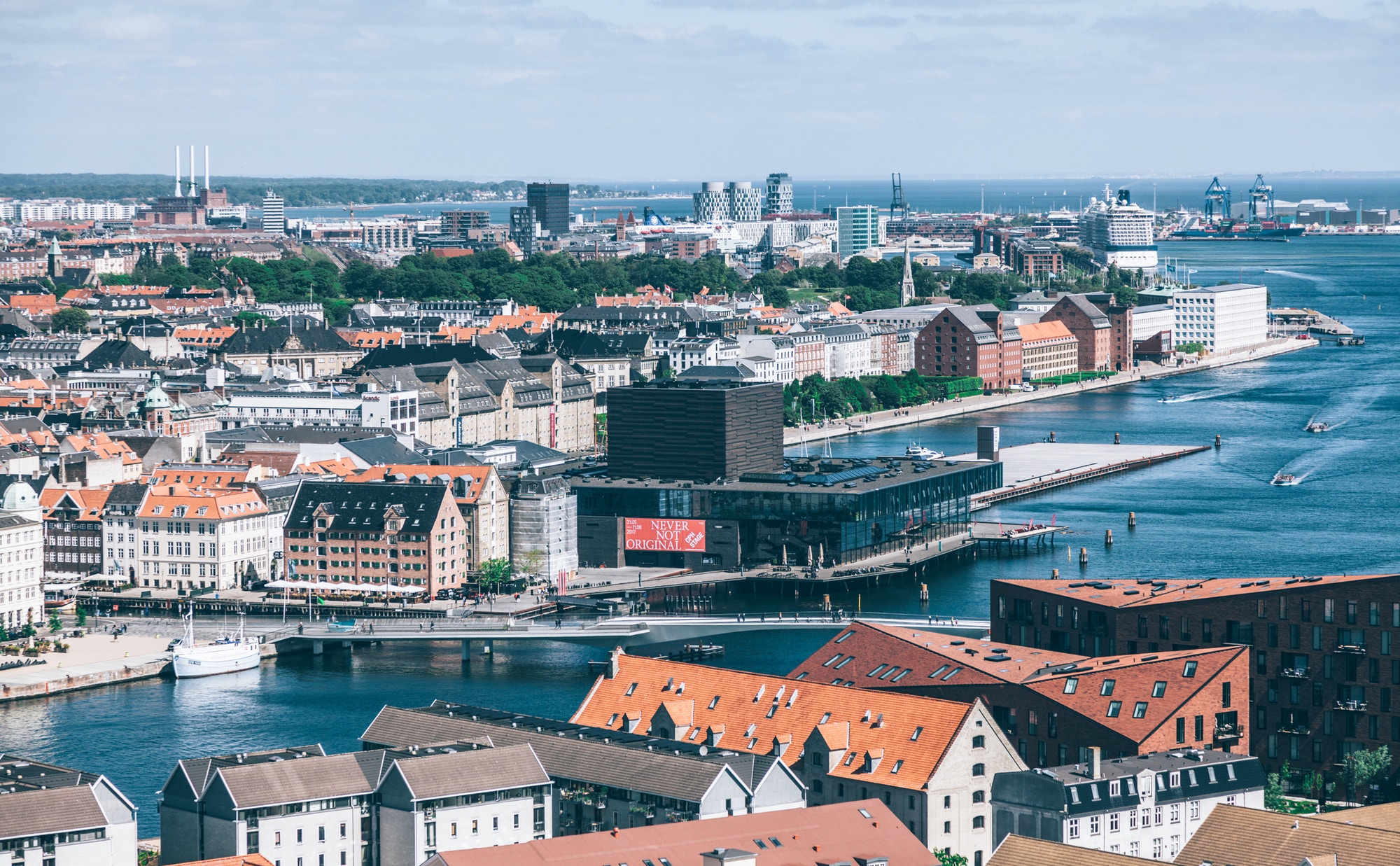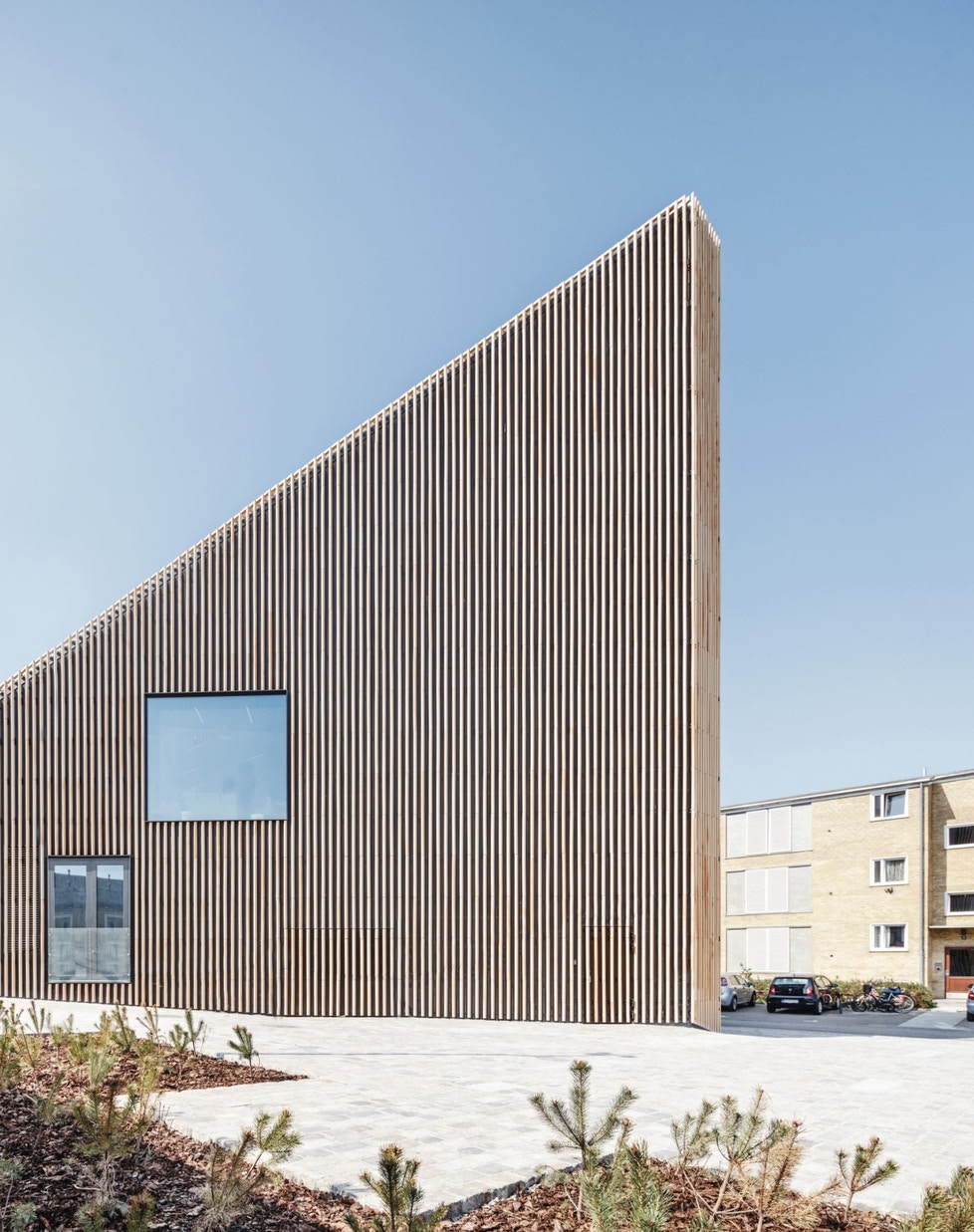More than 700 million people, or 10% of the world population, still live in extreme poverty and are struggling to fulfil the most basic needs like hea…
HOW CAN
Architectural solutions are already here, everywhere, contributing to sustainable communities and quality of life. However, the built environment is also a part of the current challenges – a major consumer of energy and natural resources, and producer of waste. Architecture, in every scale from design to city planning and landscape, interacts with every Goal. Not just as future potential, but through existing designs, buildings, cities and landscapes all over the world.
Architecture represents both enormous potential and responsibility. How we think and develop architecture can determine the impact on climate change, the access to natural resources, the fundamental conditions for biodiversity and the quality of life for people. Our responsibility is to incorporate The UN 17 Sustainable Development Goals into all our architectural practices, using what we know, working together and challenging the existing practices.
THE UN 17 SUSTAINABLE DEVELOPMENT GOALS
ARCHITECTURAL CASE STUDIES
The architectural case studies give examples of how the built environment interacts with each Goal. All cases are realised architectural projects, planning initiatives, structures and designs. In the Case Studies, each case is connected to one Goal. In reality, many of the cases address more than one goal. The purpose of the case studies is to form a basis of understanding of how architecture can contribute to achieving the UN 17 Sustainable Development Goals.



